The history of mankind, unfortunately, is rich in cases of cruelty, reaching the point of bloodthirstiness. And no matter how much we shout about humanity and justice, acts of violence are committed on Earth every moment.
There are endless lists and ratings that can be made about manifestations of human cruelty. One of these ratings is the top 10 scariest museums and castles in the world.
10. Castle Horror (London Dungeon) in England

London, England
It has a little bit of everything: an exhibition of the fire of London, medieval torture chambers and instruments, as well as various blood-curdling shows. The castle is built very realistically and is equipped with the latest developments, allowing, for example, to smell.
The museum ticket office is open daily from 10:00 (Thu — 11:00) to 16:00 (Sat — 17:00), but the schedule may change on holidays. The cost depends on the date of purchase, schoolchildren are given discounts.
9. Museum of Hygiene in Russia
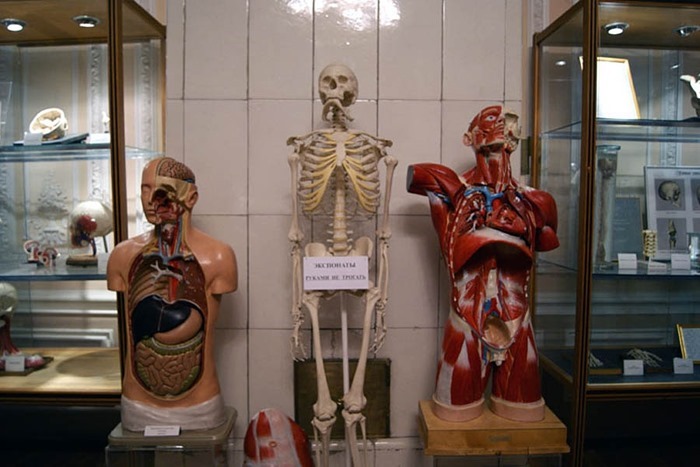
Saint Petersburg, Russian Federation
The museum does not have a single theme for its exhibits: there is Pavlov's dog, non-functioning exhibits of circulatory systems, a dentist's chair from the past, and even exhibits of genitals showing the stage-by-stage development of venereal diseases. All of them, individually, are unpleasant and present a single disgusting spectacle.
Museum opening hours: daily, except Sunday. Entrance fee.
8. Museum of Pathological Anatomy (Tower of the Mad) in Austria

Vienna, Austria
In the Middle Ages, this was a building for the insane, hence the name "Tower of the Mad". The exhibits are full of human organs and body parts, and exhibits demonstrating abnormal cases of human development and venereal diseases. Everything, as they say, is natural, so it is extremely unsightly in appearance.
The tower is open to visitors three days a week: Wednesday 10:00-18:00, Thursday 10:00-13:00, Saturday 10:00-13:00. There is a fee to visit.
7. Torture Museum in Malta

Mdina, Malta
The museum contains countless original medieval torture instruments and wax figures that recreate realistic scenes of the brutal atrocities of the Inquisition.
Interestingly, visitors will be followed by a caretaker during their tour of the collection, who is also part of the exhibition.
The museum is open daily, Sun 9:30–16:30, Mon–Sat 10:00–16:00. Entrance fee, students receive a discount.
6. Dracula's Castle (Bran) in Romania
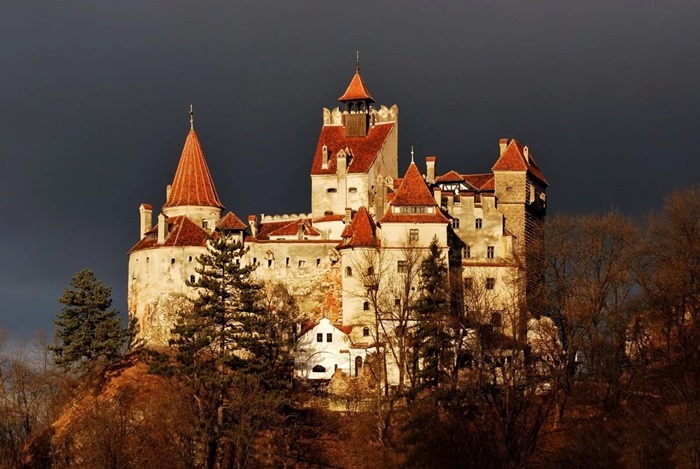
Transylvania, Carpathians, Romania
The castle, built on the edge of a precipice, is a terrifying spectacle in the Gothic style. In one of the many rooms there is a huge bed on which, according to legend, Dracula sucked the blood of his victims. In fact, the Count was not a vampire, the basis of the legend was his bloodthirstiness towards his servants. They say that he impaled unwanted people along the road to the castle, for which he received the nickname "Impaler" (impaler).
You can visit the castle on your own or with an organized tour. The opening hours depend on the time of year, but are mostly daily.
5. Museum of Departed Souls, Italy
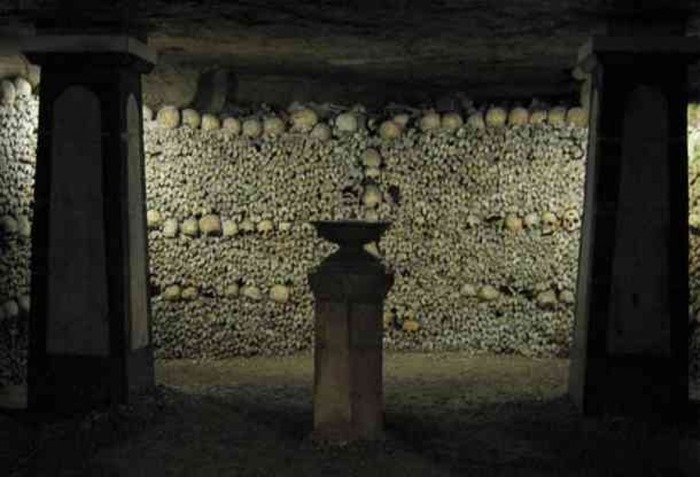
Church of the Sacred Heart, Rome, Italy
The most mysterious museum in the world is located in the capital of Italy. Entrance to this museum is free, however, to visit it you will need to get permission from a priest. The museum is filled with exhibits that are directly related to ghosts and prove the presence of dead souls on earth. Photography is allowed here, however, no one has yet managed to print the pictures taken.
You can visit the exhibition during the church's open hours, daily from 9:00 to 12:00 and from 17:00 to 19:00.
4. Torture Museum (Prisoners' Gate) in the Netherlands

Bau Tenhof, The Hague, The Netherlands
The 13th century museum, which was both a prison and a torture chamber for prisoners, is the most horrific collection of executioners' working equipment. The bloodiest scenes and cruel tortures appear before your eyes, and the friendly guide will answer all your questions about the use and purpose of torture instruments in detail and with emotion. The museum is so atmospheric and realistic that tourists often faint.
Situated on the main square, not far from the famous international court. Admission is paid, the halls are open until 11pm.
3. Elmina Castle
Cape Coast (Cabo Corso), Ghana
In third place is a monument symbolizing the guilt of the white man before the dark race: Ghana in the past was one of the first centers of the trade of black slaves. A cramped, narrow room, with a tiny window under the very ceiling, shackles and a narrow passage in the wall - a passage for loading slaves. And the most chilling sight - a well, where people sat for months, waiting for their fate.
In one of the wings of the fort there is a museum where you can see the goods for which the black chiefs sold their fellow tribesmen: weapons, bottles of alcohol, beads. Today the castle is a UNESCO World Heritage Site.
Cape Coast Castle is open daily from 9:00 to 16:30, admission is required.
2. The Devils Museum in Lithuania

Kaunas, Lithuania
The second place went to the museum, which has collected almost 2,000 exhibits of devils, extremely realistically created from leather, wood, ceramics and other materials. This collection is the largest of its kind, it includes the personal collection of the famous artist Antanas Žmuidzinavičius. The exhibits are arranged thematically according to the methods of seduction of man by the devil. The collection is still growing and is already located on three floors.
The exhibition is open: Tue, Wed, Fri, Sun — from 11 to 17, Thu from 11 to 19, Mon, Sat — closed. Admission is paid, children under 7 are free.
1. Czech Ossuary Museum Kostnice
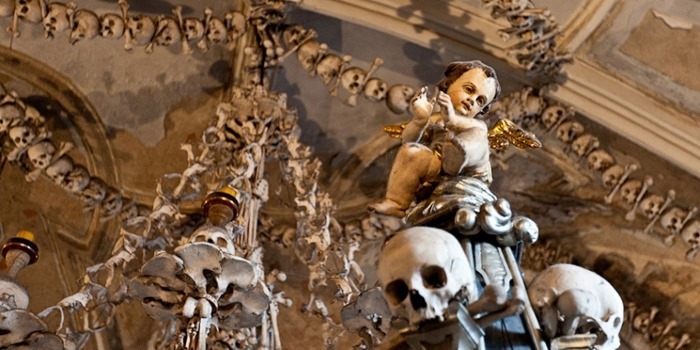
Sedlec, Kutna Hora, Czech Republic.
At one time, there was a cemetery and a church on the site of this museum. The vast area of 3.5 hectares was mostly used to bury victims of the 14th century plague epidemic and the Hussite War. After the burial grounds were overflowing and then closed, in order to restore order, all the skeletons of the deceased were dumped in the basement of the chapel rather than destroyed. Two centuries later, a monk, in an attempt to clean up the chapel, dumped all the bones into six pyramid-shaped piles. Three centuries later, the new owner of the chapel commissioned the woodcarver F. Rint to decorate the chapel. He processed all the skeletons and created a chilling interior of human bones, the total number of which is about 40,000.
The church-chapel is open to visitors every day, from morning until evening.

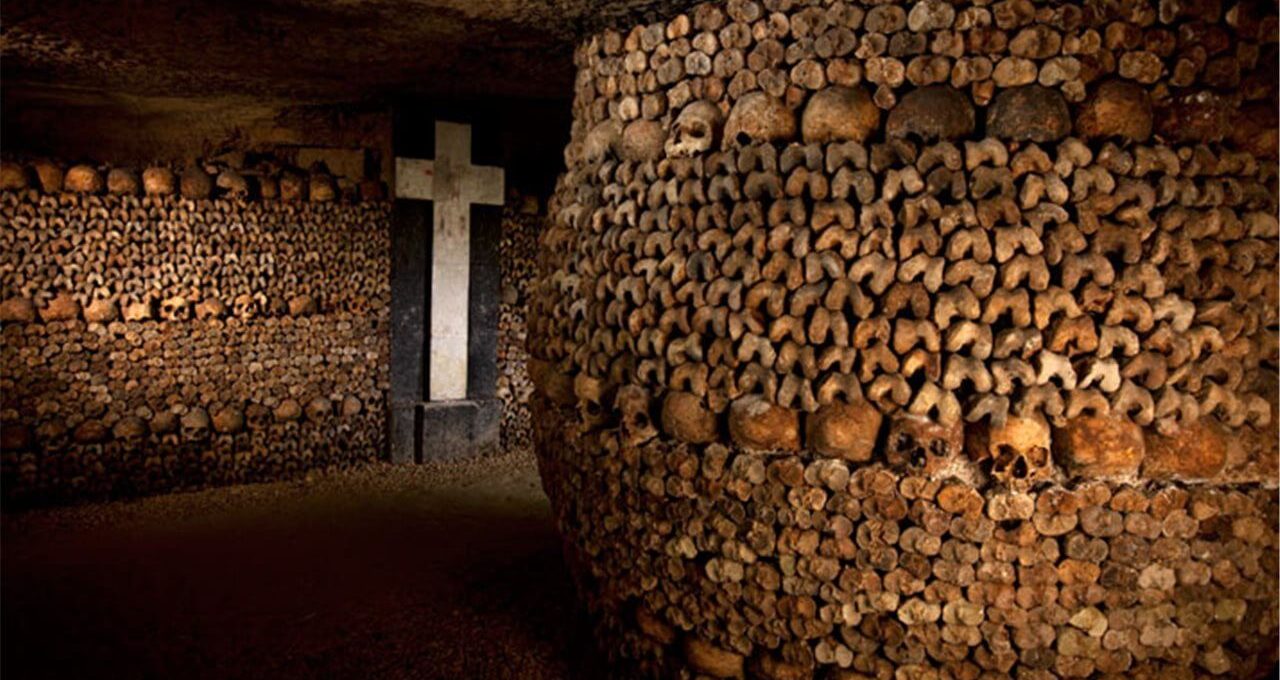


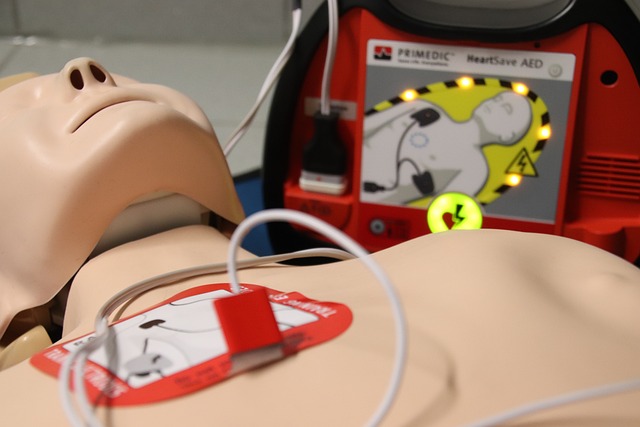
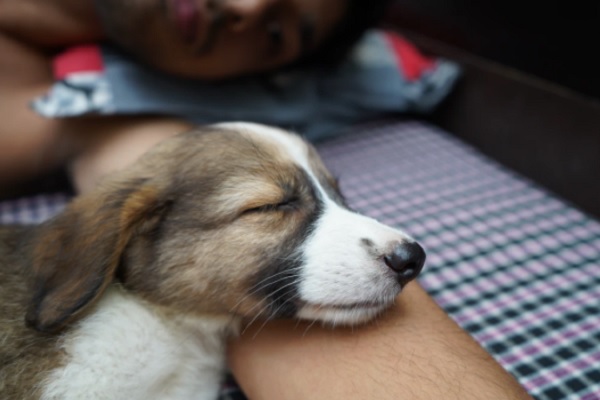





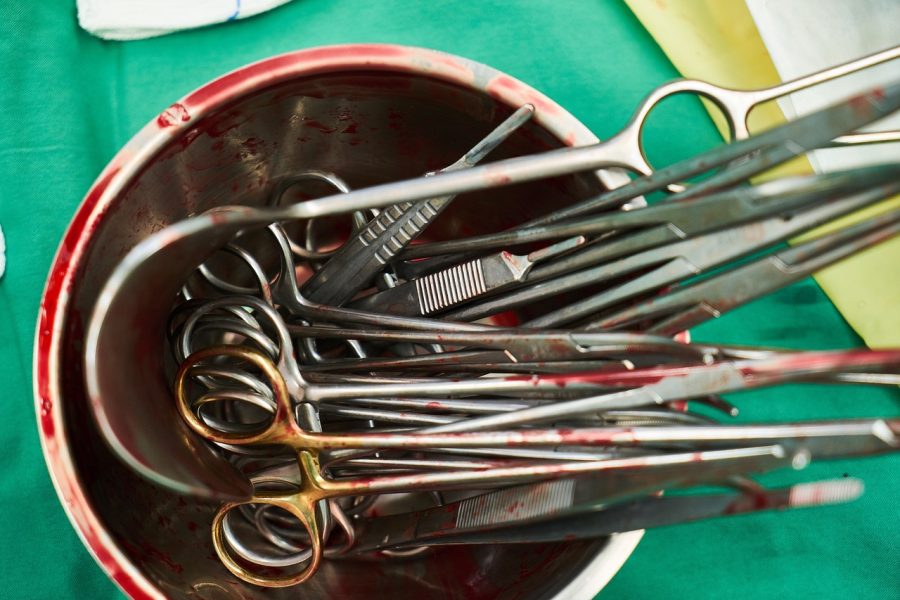
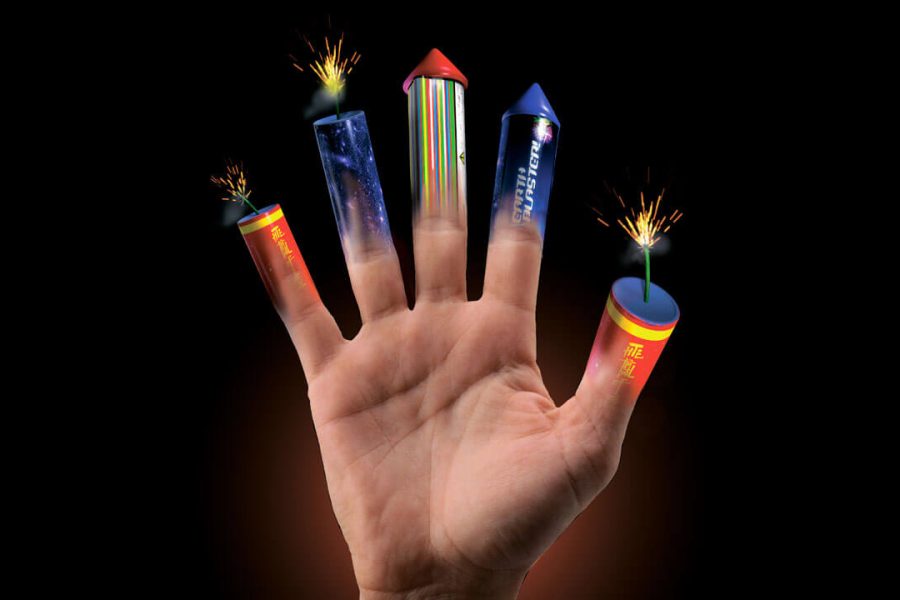

Оставить Комментарий